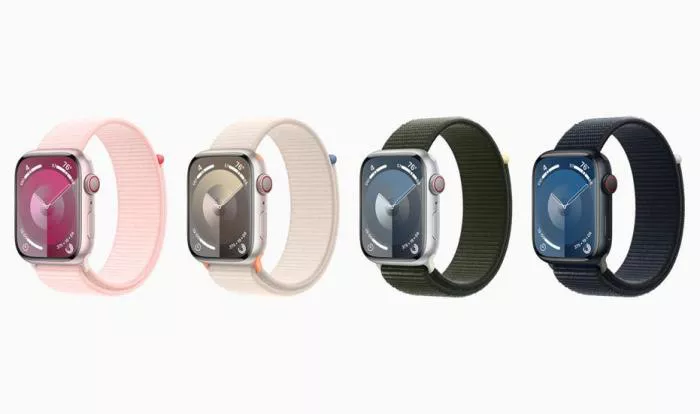Since its debut in 2015, the Apple Watch has transformed from a communication-focused wearable into a dominant force in health and fitness tracking. Initially offering three distinct models with customizable bands, the device has evolved significantly, prioritizing wellness features over its early social-centric functions.
Current Apple Watch Lineup
Today, consumers can choose from three models: the premium Apple Watch Ultra 2, the standard Apple Watch Series 10, and the budget-friendly Apple Watch SE. Rumors suggest the next generation—Apple Watch Ultra 3 and Apple Watch Series 11—will arrive in 2025.
The Masimo Patent Dispute and Import Ban
A legal battle with medical technology company Masimo has impacted Apple’s smartwatch sales. Since 2020, the two firms have clashed over patents related to blood oxygen detection, leading the U.S. International Trade Commission (ITC) to ban imports of affected models.
While the Apple Watch Series 9 and Ultra 2 initially faced removal from shelves, Apple circumvented the ban by disabling the blood oxygen feature via software. As of January 18, all new U.S. models ship without this functionality, though pre-existing units remain unaffected. The Apple Watch SE, lacking the disputed sensor, was never subject to restrictions.
Apple could re-enable the feature if it wins its appeal or when Masimo’s patents expire in 2028.
watchOS: A Decade of Refinement
The Apple Watch runs watchOS, a specialized operating system tailored for its compact display. Over the years, Apple has shifted focus from quirky social features—like heartbeat sharing and digital doodles—to robust health and fitness tracking.
Key watchOS Updates:
watchOS 8: Introduced Share Sheet access, a portrait watch face, and the Find My app.
watchOS 9: Added customizable workouts and a Medication tracking app.
watchOS 10: Redesigned the OS with widgets and a revamped Control Center.
watchOS 11 (2024): Introduced Vitals app, Training Load, and enhanced pregnancy tracking.
Health and Fitness Innovations
watchOS 11 emphasizes wellness with features like:
Pregnancy Tracking: Monitors gestational age and provides health alerts.
Vitals App: Analyzes sleep data (heart rate, temperature, blood oxygen) and flags anomalies.
Training Load: Compares workout intensity over time to prevent overexertion.
Paused Activity Rings: Lets users maintain streaks without daily goals.
User Experience Upgrades
Smart Stack: Displays context-aware widgets (weather, workouts, Shazam).
Redesigned Photos Face: Uses AI to curate personal images.
Offline Topographic Maps: Covers all 63 U.S. national parks.
Translate App: Supports 20 languages with offline downloads.
Design and Accessories
Bands: Apple’s interchangeable bands remain a hallmark, though FineWoven replaced leather in 2023.
Digital Crown: Functions as a scroll wheel, home button, and ECG sensor.
Crash Detection: Uses motion sensors to alert emergency services during severe collisions (though false alarms occur).
Family and Fitness Services
Family Setup: Allows kids to use cellular Apple Watches without iPhones.
Apple Fitness+: Subscription service offering guided workouts synced with Watch metrics.
The Future of Apple Watch
While Apple has resisted third-party watch faces, its ecosystem continues to expand with health-centric innovations. Legal hurdles and hardware evolution—such as a potential band connector redesign—could shape its next chapter.
From its origins as a high-tech accessory to its current role as a life-saving health companion, the Apple Watch remains a testament to wearable technology’s rapid advancement.
Related topics:
- Apple Watch Series 10 returns to $299 after $100 price cut on Amazon
- Lack of updates and new models sees Apple Watch sales decline
- Macworld Podcast: The state of the Apple Watch and watchOS


